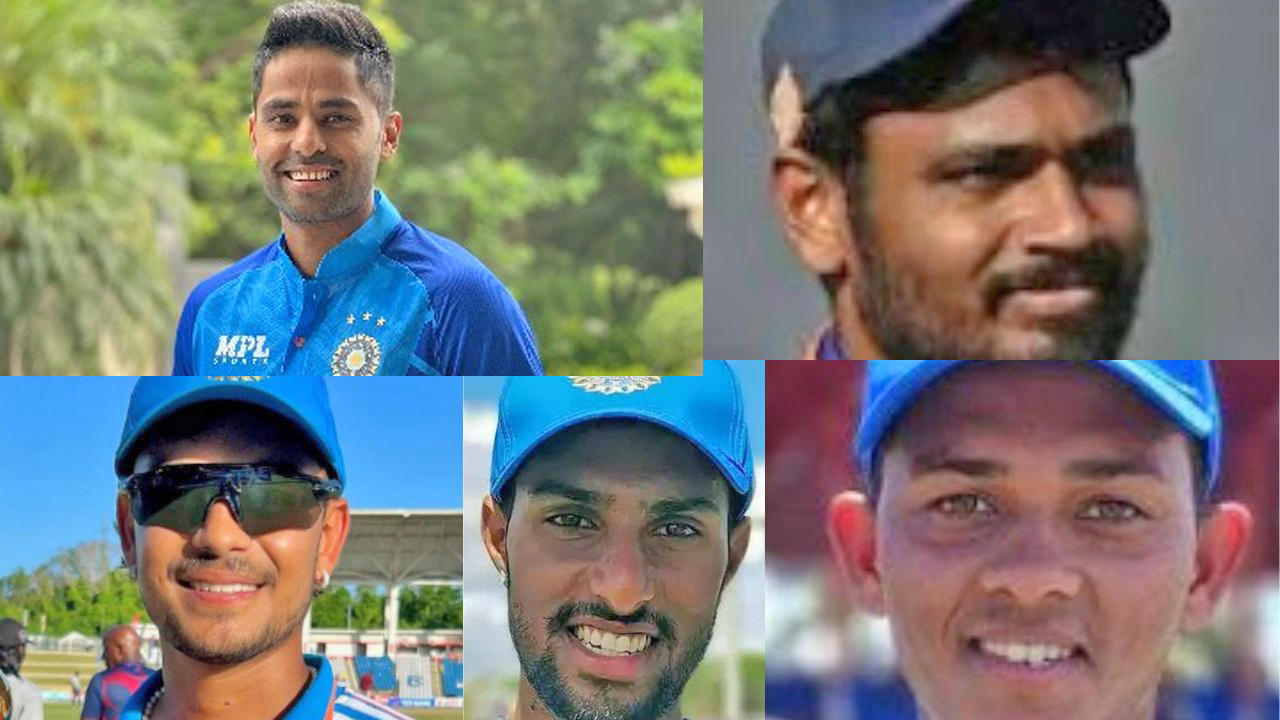
The selection process for Team India’s upcoming Asia Cup campaign has sparked a heated debate. With former head coach Ravi Shastri, ex-selector Sandeep Patil, and MSK Prasad advocating against the inclusion of KL Rahul and Shreyas Iyer, they believe that not playing international matches for a long time could pose significant challenges for them and the team. Shastri, Patil, and Prasad, who possess a wealth of cricketing wisdom, have voiced their concerns about the potential challenges that could arise from fielding players who have been absent from international matches for a long period of time period. However, their viewpoints raise an important question: If not Rahul and Iyer, then who should fill those crucial spots in the line-up?
Enter the array of young talent at India’s disposal, including Ishan Kishan, Suryakumar Yadav, Sanju Samson, Devdutt Padikkal, and Yashasvi Jaiswal. While each of these players brings their unique strengths to the table, the debate ultimately centres on the suitability of their experience and adaptability to the big stage. Of the contenders, Ishan Kishan stands out as a strong claimant. His recent perfromances against West Indies in the ODI series have showcased his versatility as a batsman and his improvements as a wicket-keeper. Kishan’s adeptness at strike rotation and ability to switch gears make him a reliable candidate in the limited-overs format. His impressive double century during the Bangladesh tour further solidified his credentials. Suryakumar Yadav, a T20 powerhouse, finds himself in contention due to Rahul Dravid’s confidence in his abilities. However, his relatively modest success in ODIs, highlighted by just two half-centuries in 26 matches, raises concerns about his effectiveness in the longer format. His performance against the Windies, where he played beautifully but struggled with strike rotation at times, highlights the areas he needs to work on. Though ODI is a shorter format compared to Tests, it’s not too short to rely solely on big shots. In the first ODI with West Indies team India send him at No. 3 where he hit 3 boundaries and a six, but he played 18 dot balls out of 25 faced. Thus, it’s better to cultivate a habit of strike rotation and have a strategy to bring them in later, under a strategy even after Sharadul/Akshar, batting can be deployed. South Africa had successfully used this tactic with Lance Klusener in the 1999 World Cup, which proved to be quite effective. Sanju Samson’s name also enters in the discussion. His potential to shine as a batsman is unquestionable, but his penchant for big shots and inconsistency have come under scrutiny. Just like Suryakumar Yadav, he needs to concentrate on rotating the strike more effectively. His batting during the third ODI against West Indies showed promise, but consistency remains a challenge. The young guns, Devdutt Padikkal and Yashasvi Jaiswal, showcase immense promise, but their lack of experience in ODIs and exposure to high-pressure matches raise concerns about their readiness for the grand stage. They haven’t played any ODIs yet. Selection of young players on the biggest stage without experience has not proven successful so far. In such cases, mental strength plays a significant role. The Asia Cup, set to begin in a few weeks. India’s final squad announcement will undoubtedly keep fans on the edge of their seats, as the nation’s cricketing future hinges on the selection conundrum that pits experience against raw talent.